It would seem that the Clock Tower series is going through a period of resurgence. Thanks to YouTuber’s like JonTron and the announcement of a new game by the developers, people seem to be casting their gaze back at this overlooked franchise. If you’ve read my stuff you’ll know that I’m a fan of the series, despite only two titles and a spin-off (of sorts) being officially released here in the UK and I’m a sucker for anything regarded as “cult”. I recently did a review of Haunting Ground, the spiritual successor to the franchise, out of sheer affection and it got me thinking about the Clock Tower games. So with that in mind and this resurrection of interest amongst the gaming populace, let’s take a look back at the entire series, starting off with the original game for the SNES. I will hereby be reffering to this game as The First Fear so to differentiate it from the similarly titled Clock Tower for the Playstation. Kudos to Human Entertainment for the creative naming there…
So, you may ask, what is Clock Tower?
Well Clock Tower tells the story of four orphan girls who are taken to a mansion in the woods by their guardian Mary after being adopted by the wealthy and mysterious Mr. Barrows. On arrival, the mansion appears to be empty, so the girls are told to remain together in the main foyer whilst Mary searches for their new father. After waiting around for a while, our protagonist Jennifer goes off on her own to find Mary but is stopped in her tracks by a blood-curdling scream from foyer. Returning to the foyer, she finds the room in darkness and the other girls missing. Jennifer sets off to find them, unaware of the psychotic killer lurking in the corridors.
Clock Tower is definitely an oddity. To many it would seem unlikely that the SNES would be home to a psychological, point-and-click horror game, but here it is. It would seem even more unlikely for said game to be based on the surreal Italian horror film Phenomena (Great movie by the way), adopting the appearances of its characters and incredibly stylish deaths. Even the game’s plot is similar, although the helper monkey and the protagonist’s telepathic link with insects are missing here. Both of which are vital plot-points in Phenomena, I really should re-visit that movie soon.
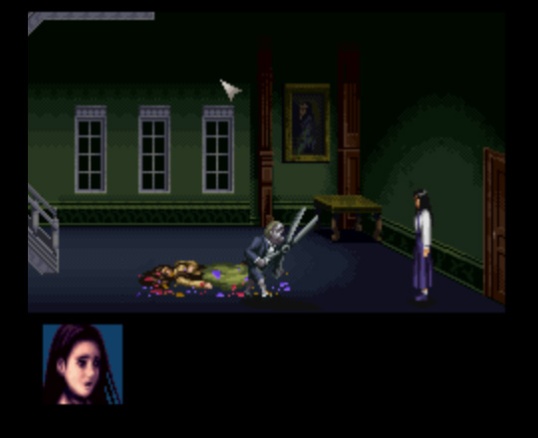
The games visuals are also based on the movie, featuring a contrast of grand, brightly coloured rooms one moment and dark, creepy attic spaces the next. Graphically the game is easy on the eyes and establishes its atmosphere early on, although sometimes doesn’t fully deliver. It’s not a huge complaint, but I feel a lot of the darkness is undercut by a lack of violence and gore. It may seem like a petty complaint, but for a game in which your pursuer wishes to murder you with giant scissors, you’d expect some gruesomeness to seep in. It does on occasion, but never enough for it to have a proper impact. Despite the hardware limitations, the game does however have the occasional spooky moment that will catch you off guard. These can range from your stalker frantically bursting from a nearby shower or be as benign as a window blowing open as you walk down a dimly lit corridor. For a game that’s essentially made out of pixels and sprites, it shows a deep understanding of horror and how to leave an impression on its audience. Pretty impressive for a game that’s almost twenty years old.
Clock Tower works on a simple point-and-click interface, with assigned buttons for running, quick-turns, interacting and halting. Your default walking speed is slow, but you are able to run, it can be unwieldy in tight spots though, much like the quick-turning. Your control over Jennifer is limited, much like in Haunting Ground, so you gain an instant attachment to her and want to keep her alive. You click where you want Jennifer to go and what to interact with, then watch the outcome and react accordingly. There’s an inventory system in which you select an item and click where you want it to be used, it’s not rocket science. Then we have the panic mode, in which you must frantically mash the assigned panic button to stay alive ward off danger. If you fail during these segments, you’re presented with a screen saying “Dead End” and a sinking feeling that you let the poor girl die via scissor impalement. Thankfully you’re warped back to the last place that Jennifer was safe, so you can quickly learn from your mistakes.
In terms of a HUD, all you get is a portrait of Jennifer’s face with a coloured background. Each colour represents a different mood for Jennifer, blue being calm, red meaning fear and so on. It’s simple and works well for the game. To reduce Jennifer’s panic, you must simply find a safe spot and have Jennifer take a little rest on the floor. Jennifer’s mood can be effected by traps as well as encounters with Scissorman. Whilst panicked, Jennifer can trip over her own feet, leaving her vulnerable or not survive an attack. One of my biggest gripes is that Jennifer’s mood can drop if she runs for too long. Her general walking speed is slow and makes navigating the mansion take far too long. I found myself constantly having to give Jennifer breathers as I’d want to get around the mansion as quickly as possible, but not be in a lower mental state should Scissorman spring out of a nearby cupboard. It’s more of a hindrance to balance her mood than a well implemented game mechanic.
Progress in this game is dependent on experimentation and trial-and-error. There are a lot of variables at play here that have a direct impact on how far you can make it into the game; something as simple as flicking on a light switch can greatly change the course of action. One action will directly affect another, so it is possible to become completely stuck and unable to proceed. This will put off a lot of players as you’ll have to start over several times before you’ll get anywhere. The pacing of the game also varies depending on how much you can figure out. Once you become accustomed to the mansion layout and item placement, you’ll be able to breeze through the earlier sections with relative ease. There’s no mansion map, nor any real indication of where you need to go. This is survival horror in its purest form and it’s pretty damn difficult.
For a SNES game, there’s a surprising amount of plot on offer too. Not many games on the system really went all out to tell a story, but Clock Tower goes above and beyond the call of duty. There are multiple endings, both bad and good (mostly bad) that depend on the aforementioned variables. Your actions have a direct effect on the story, meaning each play through is different, encouraging high replay value. On top of that, the mansion will be slightly different each time you start anew. The placement of items will change, allowing you to take entirely different routes than you did previously and experience the story in a different order, which will change the flow of plot.
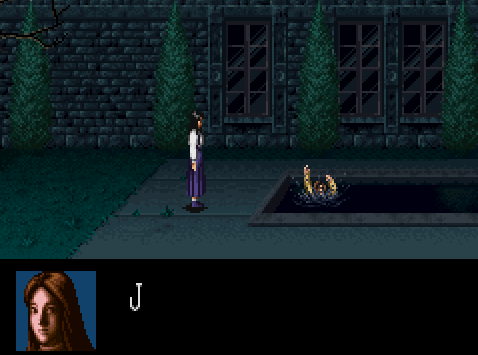
The only enemy you really have here is Scissorman, the homicidal maniac with a fetish for gardening tools. He will spend a lot of the game hunting you down, jumping out of random hiding spots and defying the laws of physics. By that I mean he can seemingly teleport at will, you’ll leave one room only for him to appear in front of you at the next. It gives him an otherworldly quality, but can be irritating when you are desperately trying to evade him so you can get back to finding keys and slices of ham. Seriously, ham is a vital item in this game that can save your life. Scissorman is quite slow, so outrunning him isn’t a problem; it’s getting him to stay gone that proves to be the hard part. There are several one-time use items and evasion points that do the trick, but you can soon run short of these. He will appear at pre-determined points in the game, or burst from random hiding spots, again these will change each time you start a new game.
The music is a definite highlight. The SNES was always a system known for its great sound quality and Clock Tower proudly displays this. Lots of eerie melodies and pulse-raising beats are implemented throughout the game to ramp up the tension. Instantly memorable and genuinely unnerving, it goes to show that all it takes is a sudden key-change to make the hairs on your neck stand on end. Sadly, there isn’t a lot of variety to the music, so you will hear the same songs throughout the entire game. The overall sound design of the game is solid and fitting to the tone, being appropriately calming or startlingly abrasive when the mood calls for it.
By today’s standards, Clock Tower is fairly primitive. That’s not to say it is bad, quite the contrary, it stands as being one the most wildly original games for the Super Nintendo and an integral blueprint for the survival horror genre. It can be slow and tedious, but it’s fun and occasionally spooky, which you can’t say for many horror themed games of the 16-bit era. For a game with such technical limitations, it is commendable what creators Human Entertainment achieved with the resources available. Thick with atmosphere and an entertaining story, Clock Tower sits comfortably alongside the likes of Super Metroid and Earthbound as one of the finest and most innovative games ever made for Super Nintendo.

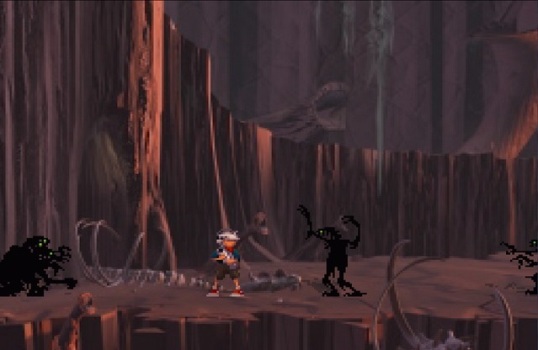

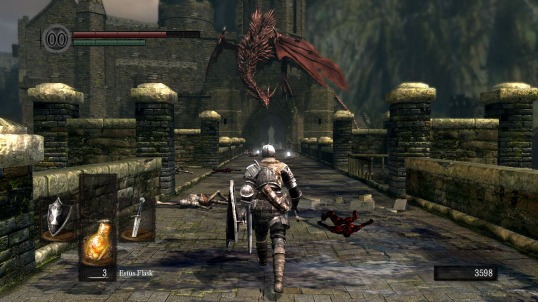
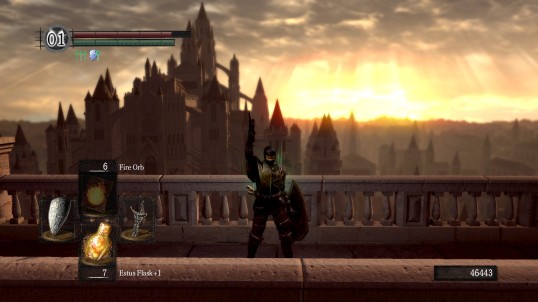
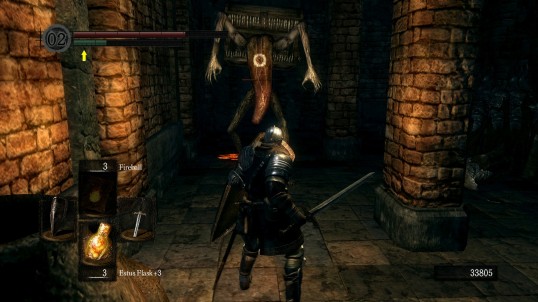
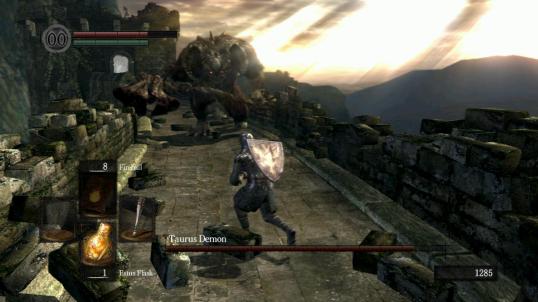
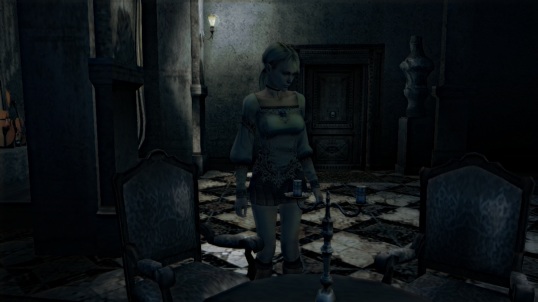
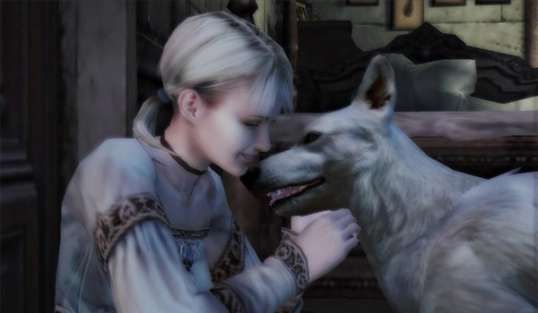
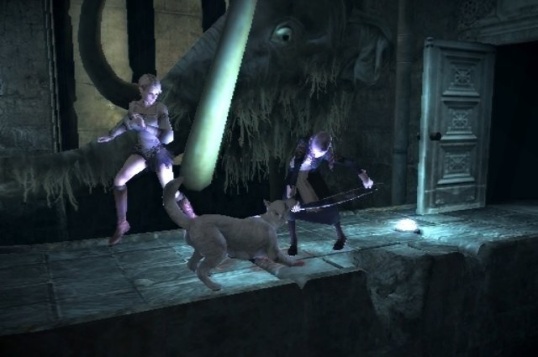
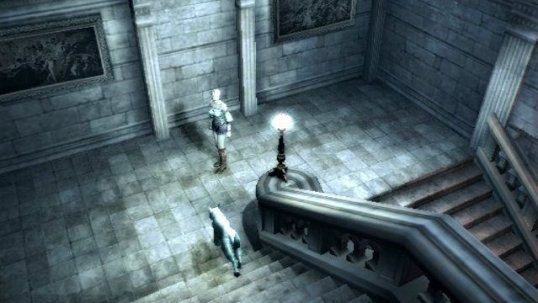
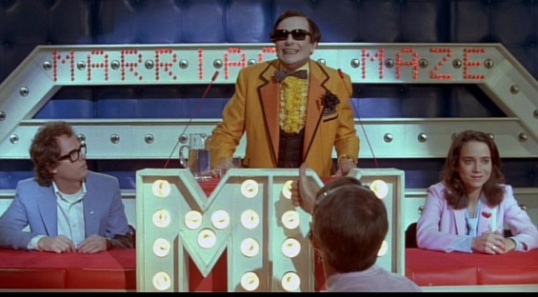
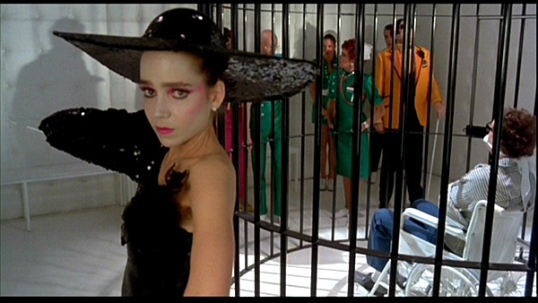
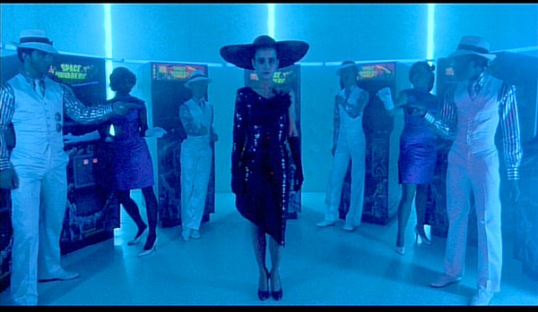
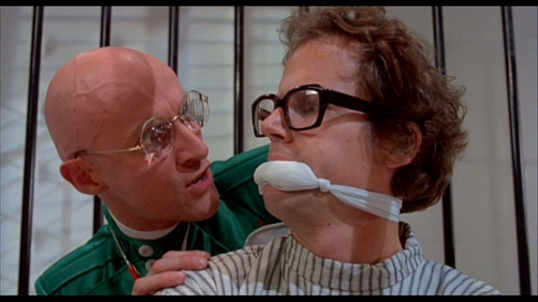








![Main Quad_AW_[26611] Grand Budapest](https://toomuchfreetimethesedays.files.wordpress.com/2015/01/tgbh-launch-quad.jpg?w=300&h=225)


